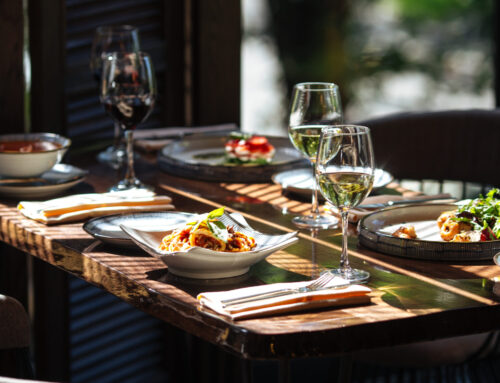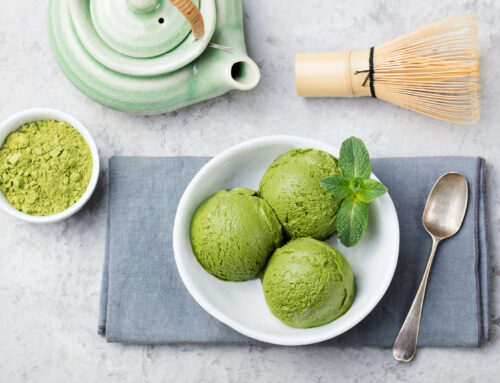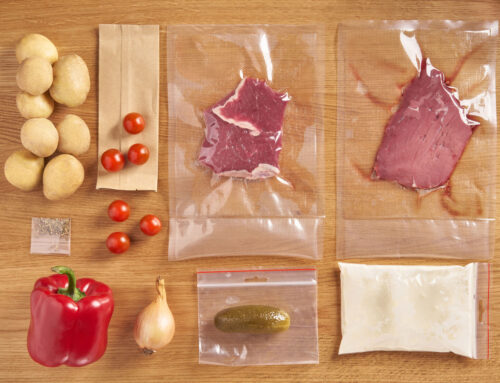Selecting wine for your table needn’t be difficult. With some easy guidelines, you can be an expert at food and wine pairings. Whether the perfect vintage is on your mind for a holiday meal, dinner party or personal pleasure, remember just a handful of loose rules to create an exceptional food and wine experience.
Before you begin playing with food and wine combinations, keep 3 ideas in mind. Perfect pairing matches weight with weight. Food and wine intensities should be in harmony. Aromatics of properly paired food and wine agree with each other. Depending on a food or wine, one of these ideals may need to take precedence over another.
The goal, however, is to achieve overall balance.
As an example, you might pair a full-bodied pasta dish with an un-oaked full-bodied chardonnay. Oily plates should have companion wines with heavy tannins. Spicy dishes go well with sweet wines, bringing both flavors toward neutral. Harmonizing the meal is key, and sometimes it takes a bit of practice to get it right.
Pairing Wine with Spicy Foods
Spicy foods like curries, intense Thai dishes, gumbos and kimchi require a low-alcohol, sweet wine. Think of a Riesling, gamay Beaujolais, chenin blanc or petite sirah. If you pair spicy dishes with high-tannin wines like a merlot or cabernet, you’ll experience a dry palate with too much alcohol and heat. A sauvignon blanc is a superb wine to pair with Asian foods, as is a great gewürtraminer.
Wine to Pair with Starchy Foods
Starchy, fibrous foods like bready dishes, pastas and potato-based meals pair best based on the seasonings or sauce used. Consider a medium-acid wine with light fruit tannins and a bit of body. A foolproof food and wine pairing might be an oven-baked red onion, garlic and spinach pizza on whole-wheat crust, with an un-oaked Italian pinot grigio. Or, a rosemary potato gratin with a light merlot.
Wine Pairings for Acidic Foods
Meals made with citrus, tomatoes and even eggplant, which are all acidic foods, pair well with high-acidity wines. For paella, lemon and herb rice dishes and baked eggplant entrees, go with a pinot grigio, sauvignon blanc, Grenache or zinfandel. Even a sangiovese or cabernet sauvignon is sensational with acidic fare.
Fatty Foods and Wine Pairings
Meals that are heavy on fatty ingredients like olive oil and avocado should partner with medium-bodied, soft-tannin wines. The tannins will slightly dry out the palate, which is preferable when there’s considerable oiliness to a dish. With an olive oil or avocado pasta, try a syrah, merlot, chardonnay or soft-tannin cabernet.
Wine and Nuts
Nut-based dishes, such as gourmet nut cheese boards and nut pâté find balance with dry sparkling wines. Pair an Italian white like a pinot grigio, or a cava from Spain, with nutty appetizers and entrees. Sherry is a delightful wine for nut-based main dishes, such as an almond vegetable stew.
Root Vegetable and Bean Pairings
Dense pinot noirs compliment root vegetable and bean recipes perfectly. With a carrot bisque or a plate of black bean enchiladas, go with a hearty wine from California’s Central Coast. You might also choose a field blend from a Northern California winery.
Pairings for Green Vegetables and Mushrooms
Earthy foods like green vegetables and mushrooms pair exceptionally well with French syrahs, verdant pinot noirs and tempranillos. Find an herbaceous wine like a Sancerre or a Chablis for a menu of portabello and poblano fajitas along with sautéed chard. Rosé can be a beautiful partner to a green vegetable dish, such as a green bean risotto.
Pairing Wine with Sweets
It’s simple to remember which wines to pair with sweets. Go for a vintage that’s sweeter than your dessert and you’ll be more than fine. You can stick with the classic pairing of cabernet and chocolate, and chardonnay and apples is always a great choice. But generally, just opt for a port, Riesling or Sauternes to enjoy an absolutely decadent addition to dessert.
A note for food and wine pairings: consider looking for organic wines if you’re already careful about choosing organic food ingredients. Wine grapes can be heavily sprayed with pesticides, so think about purchasing wineries that use healthy, earth friendly and biodynamic production methods. Girasole makes extraordinary organic wines and Cantina Pizzolato produces sulfite-free wines.
Visit Distinctive Collection by Better Homes and Gardens Real Estate® when you begin your journey to buy or sell your unique home.








